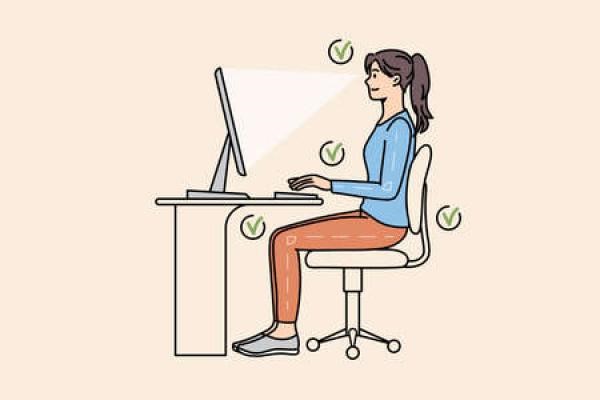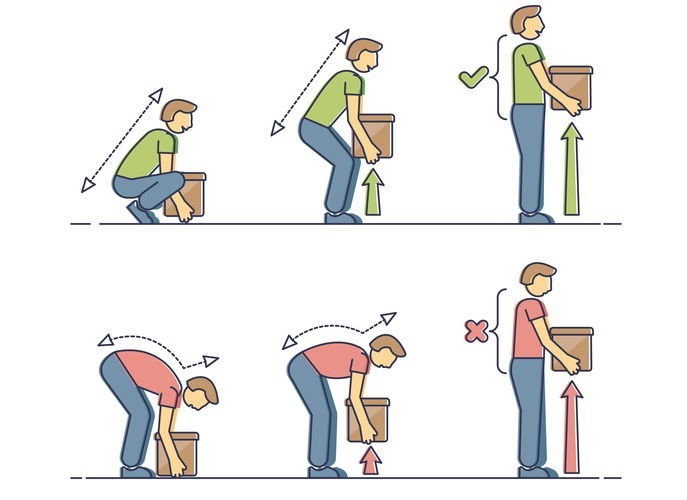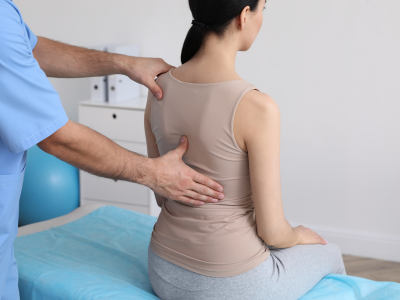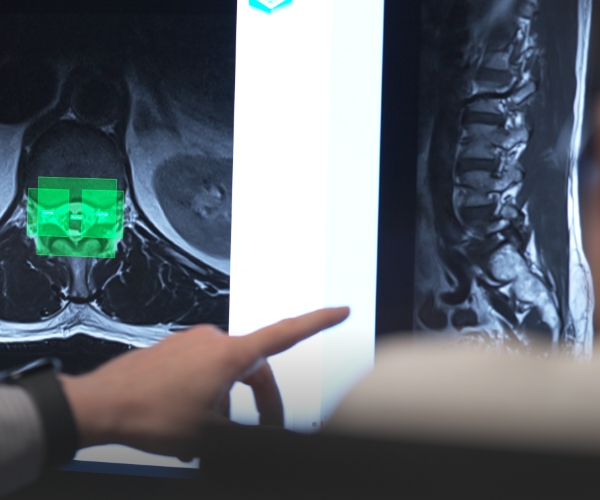Published on 25 January 2023
People who frequently use their mobile devices or laptops often have bad posture, which can lead to injuries to their neck and spine in the long-term.
As society grows ever more reliant on technology, we find ourselves spending an increasing amount of time on digital devices.
Even now, it is highly likely that you are reading this article either on your smartphone or a computer.
If you are, take a quick break from reading this article, and pay attention to what your current posture looks like.
Chances are, you will realise that your head is tilted forward, your shoulders slumped, and your back hunched.
You are not alone – most people do not make a conscious effort to adopt the right posture when using their digital devices, as they are unaware of the negative impact that bad posture can have on their neck and spine in the long-term.
How bad posture affects the neck and spine during digital device usage
Adj A/Prof Gamaliel Tan, Head of Division & Senior Consultant, Division of Spine Surgery, Department of Orthopaedic Surgery, Ng Teng Fong General Hospital (NTFGH), explained, “When using digital devices, and with office work, the neck and lower spine tend to be in a flexed position. This, over time, can lead to poor posture and pain.
“The pain can be muscular in origin, and this can be corrected by exercises. But sometimes it can lead to pinched nerves if the intervertebral discs (jelly) slips out and compresses the nerve leading to the arms and legs. In these cases, medication or even surgery might be needed to unpinch the nerve.”
According to studies, bad posture can raise your blood pressure, while older men and women with hyperkyphotic posture have been found to have higher mortality rates. Findings from a 1994 study in the American Journal of Pain Management also revealed that spinal pain, headache, mood, blood pressure, pulse and lung capacity are among the functions most easily influenced by posture.
Despite the importance of protecting the spine, Adj A/Prof Tan revealed that many continue to take a cavalier attitude when it comes to their posture.
“Some misconceptions of spine injuries are that it will not happen to me. Most of us think we are ‘superman or woman’ and tend to take for granted our spinal posture and core strengthening,” Adj A/Prof Tan said.
Apart from poor posture, there are several other risk factors for spinal injuries and neck pain, including ageing, repetitive strain, lack of regular neck exercises, incorrect lifting technique, and physical injury to the neck.
Treatment options and prevention
While Adj A/Prof Tan was keen to emphasise that “prevention is better than cure”, he shared that there are several treatment options available for those suffering from a spinal injury. This includes physiotherapy, nerve root injections (steroids), and surgery.
“Physiotherapy is good for those with acute muscle strains and injuries during the rehabilitation phase,” A/Prof Tan elaborated. “They can do a baseline assessment of your spinal function and teach you exercises you can do to regain function over time. However, its effectiveness depends on how diligently the patient does the exercises to reap its benefits.
“Nerve injections are only indicated for two things – to diagnose if a pinched nerve is causing you pain, or to alleviate the pain from a pinched nerve.
“Surgery is only needed as a last resort if physiotherapy, medications or even injections have failed. With the advent of endoscopic spinal surgery, the incisions are very small, and the muscle damage is minimised. Patients tend to have less pain post endoscopic surgery compared to open surgery and hence start on the road to recovery earlier.”
Adj A/Prof Tan also warned that delaying treatment for spinal or neck injuries could lead to serious consequences, as he said, “I have seen patients who are in denial over a serious spinal cord compression and wait too long for spine surgery. Once they are wheelchair bound, it is hard to get them to walk even after spine surgery to decompress the spinal cord, as once the spinal cord is injured, recovery is rare.
“On the flip side, I have seen patients with slipped discs and spinal stenosis (pinched nerves due to ageing) get better with core strengthening, losing weight and smoking cessation. Lifestyle surgery does work and can avert spine surgery.”
Tips to protect your spine from injury
Ensure the neck and back are in a good posture.

- Take frequent breaks to mobilise your neck so it is not in one fixed position for too long.
While doing house chores, ensure you are in a good position for mopping, sweeping, cooking, and lifting loads.

- Consider investing in a stand to raise your monitor so its eye level while your keyboard is at elbow level.
Do chin tucks with the help of the wall behind your head to get good alignment.
In consultation with Adj A/Prof Gamaliel Tan, Head of Division & Senior Consultant, Division of Spine Surgery, Department of Orthopaedic Surgery, NTFGH




